MAPLEWOOD, N.J. (RNS) A New Jersey elementary school canceled and reinstated its Halloween celebration this week in a debate that reflects societal ambivalence about the holiday’s religious origins.
On Monday (Oct. 13), parents of students at the Seth Boyden Elementary School in Maplewood received a note home from Principal Mark Quiles saying that the annual Halloween celebration at the school would be canceled.
“We have a very diverse school district,” district spokeswoman Suzanne Turner said. “Every year, we have students who opt out of the [Halloween celebration] and the principal felt that number was significant enough,” to discontinue the event, she said.
For years, Christian evangelicals have objected to what they see as Halloween’s pagan origins. Some churches have adopted alternative harvest celebrations, while others have constructed elaborate “Hell Houses” designed to depict the torments of hell and the promise of salvation through belief in Jesus.
But a day after canceling the in-school Halloween celebration, parents received a note home from Acting Superintendent James Memoli saying the cancelation has been reversed, and the event would take place as it has in the past.
“The issue regarding whether or not we celebrate Halloween transcends one district school, and deserves a broader discussion,” he said in the letter.
“Given how close we are to Halloween, we do not have time to engage in this District-wide discussion without disrupting plans that are already in place in other school[s].”
Turner said the district had heard from parents both supporting the decision to cancel the festivities, and disagreeing with it. The decision to reinstate this year’s event was not in response to parent complaints, she said.
Memoli said district leaders would discuss the issue in time to make a district-wide decision on in-school Halloween events before the holiday next year.
“We respect that each student and family has the right to choose whether or not to participate in the Halloween celebrations, and as always, alternate activities will be provided for students who will not be participating due to religious or other objections,” he said in the note.
The state Department of Education only offers districts guidance on days off for holidays, DOE spokesman David Saenz Jr. said.
“The list of holidays approved by the State Board of Education is a list of religious holidays that local school officials must honor if they receive requests for excused absences for individual students,” he said.
“Local officials have the option of not approving a request for a religious holiday not on the list.”
Halloween does not appear on the list.
Related
Before You Go
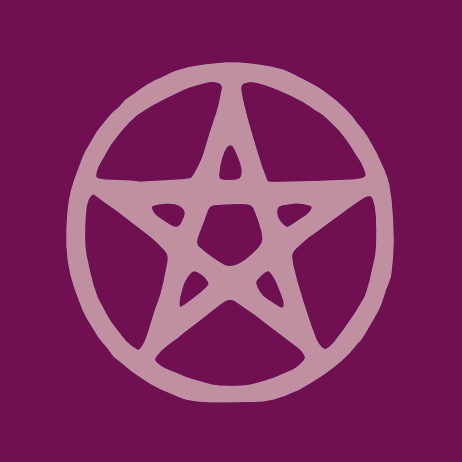
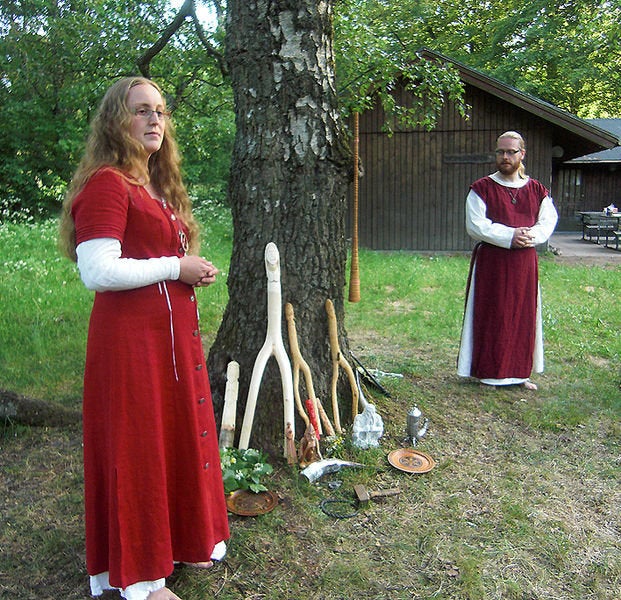

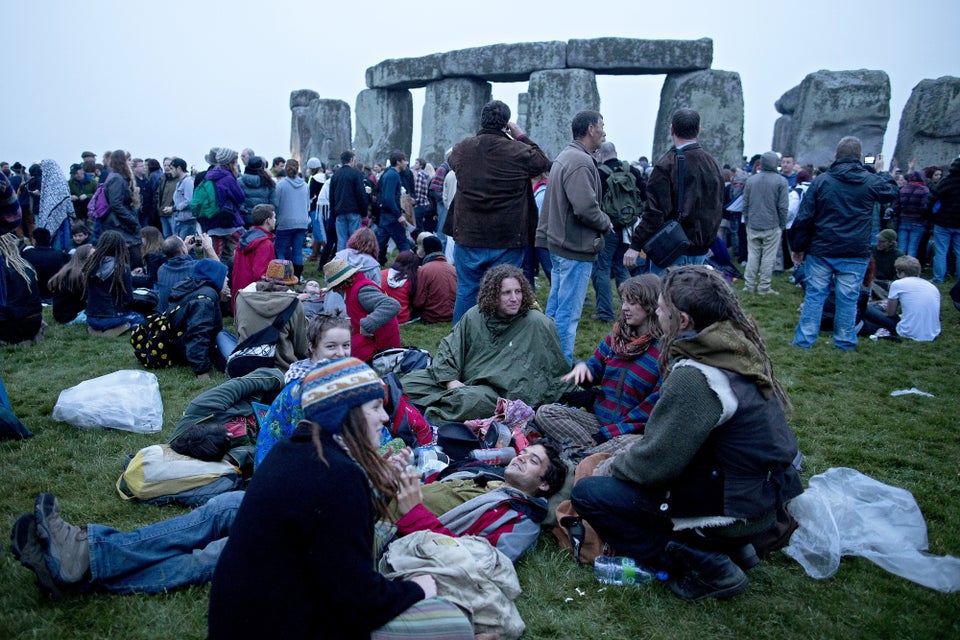

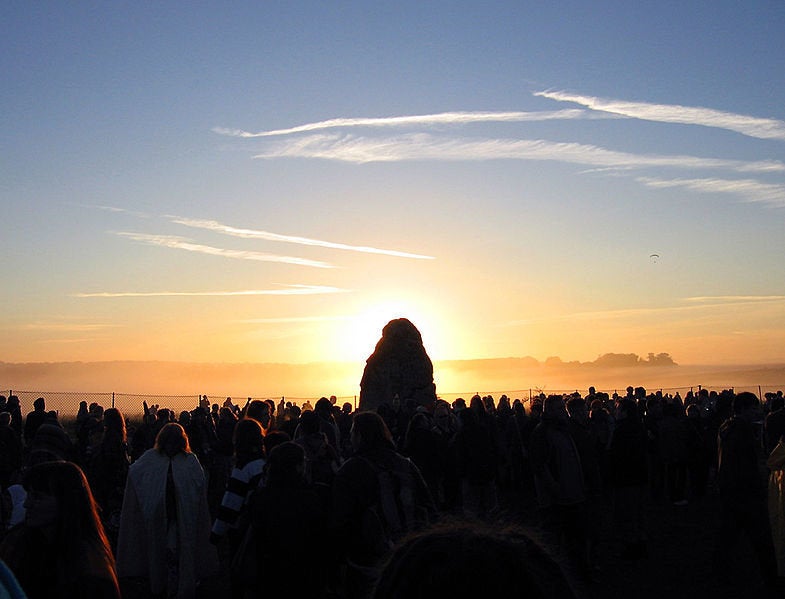
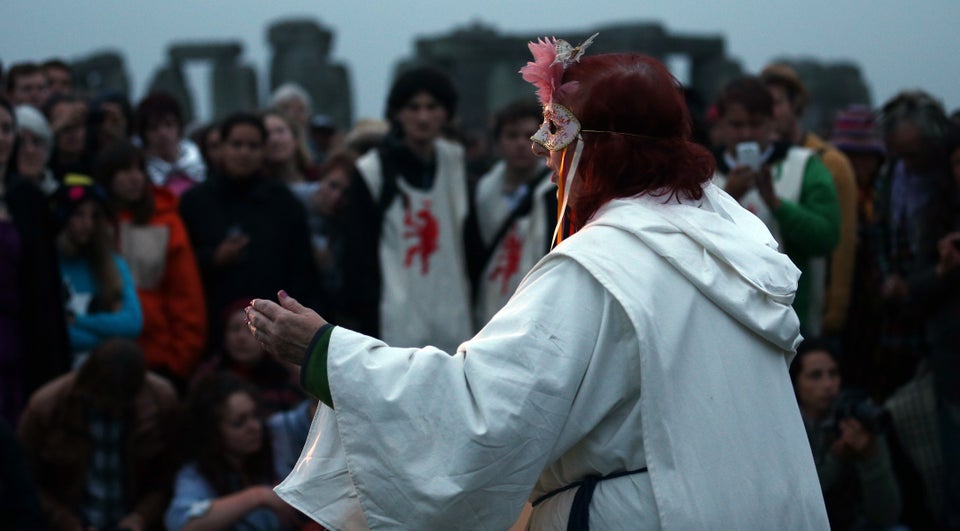
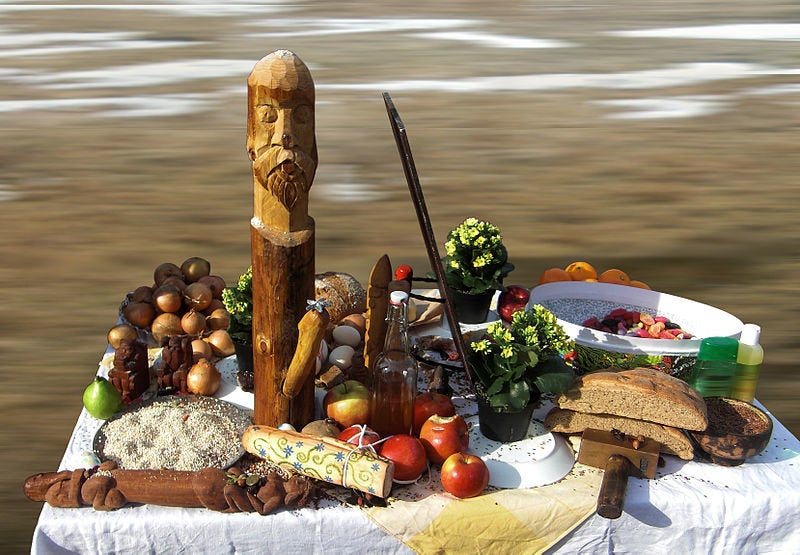

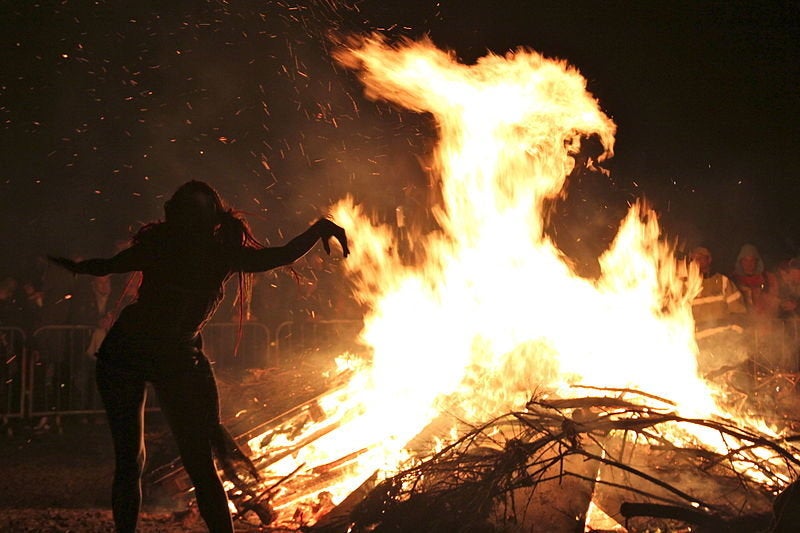
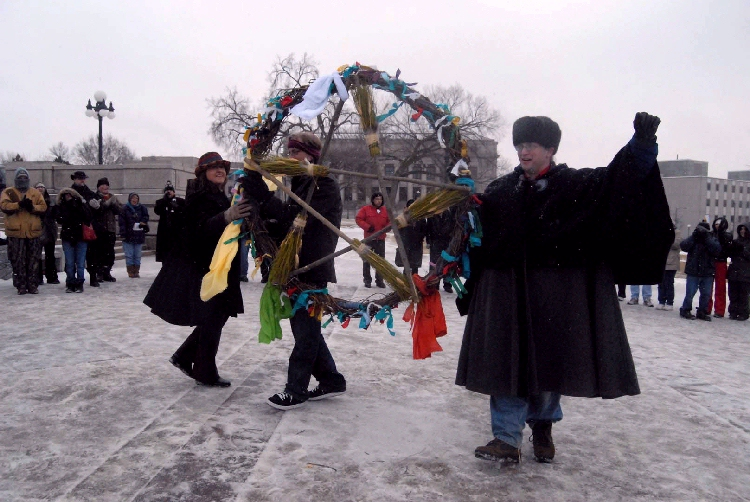
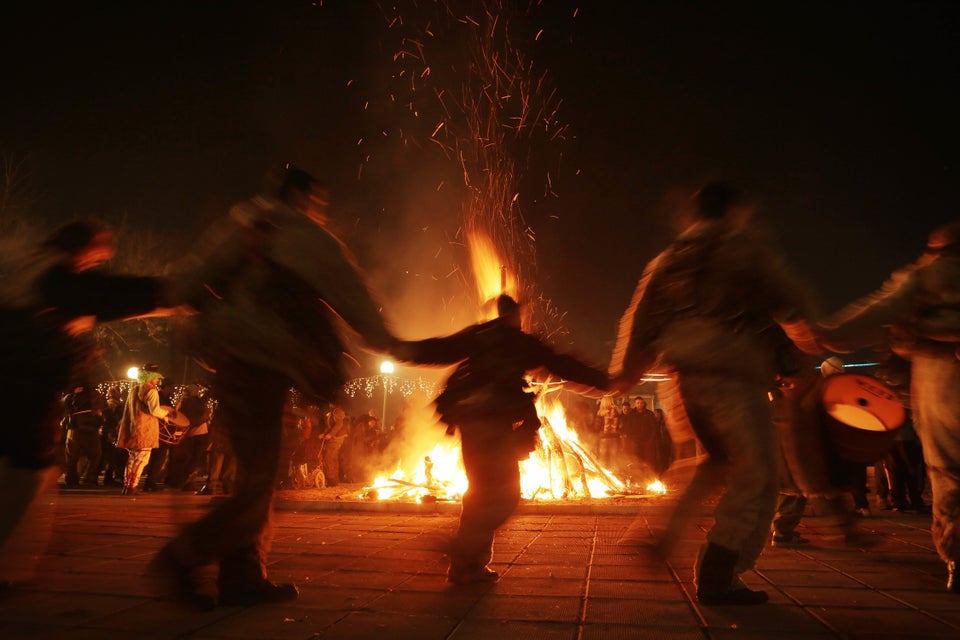

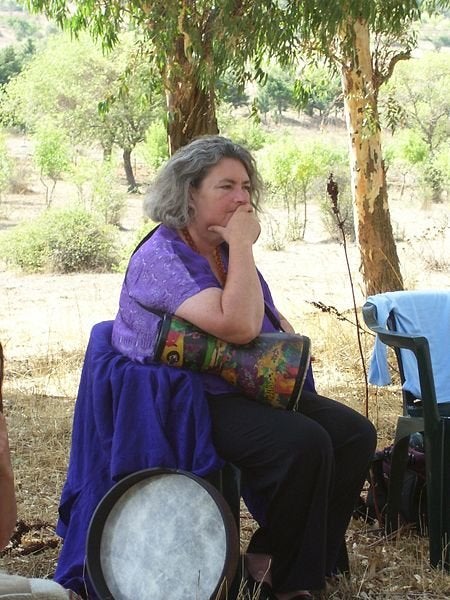



Paganism is by no means an adults-only tradition. The 1999 Pagan Census found that just over 40% of participants reported that they had children. The growing number of children in the pagan community has lead some groups to open their rituals to families and youth, adjusting some practices that may not have been appropriate or accessible for young people.
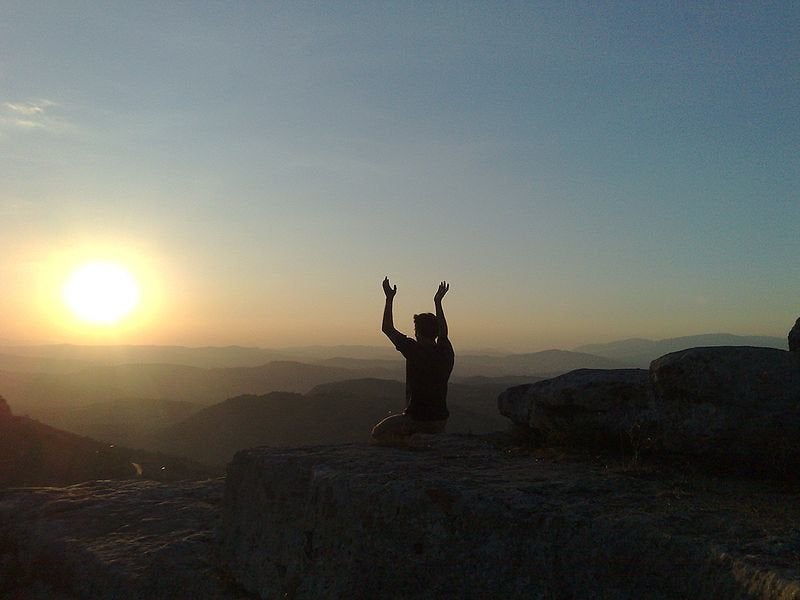
The Pagan Census found in 2003 that just over 50% of respondents said they were solitary practitioners. This means they do not belong to a coven and may not have been 'trained' by a larger spiritual organization. Solitary practitioners observe rituals and practice magic on their own, or perhaps occasionally in small groups. Even for those involved in covens, personal practice is seen as key for developing magic skills and deepening spiritual connection.